Nestled in the heart of Tuscany, Montecatini Terme stands as one of Italy’s most cherished spa towns. Visitors can experience the age-old tradition of “taking the waters.” I discovered three main thermal complexes during my visit: Terme Tettuccio, Terme Excelsior, and Terme Redi Thermal Complex. Each offers unique healing waters that have drawn wellness seekers for generations, making Montecatini a must-visit destination for anyone interested in natural therapeutic treatments.
The morning ritual here is delightfully simple. You pay an entrance fee at your chosen spa, receive a special glass, and then sample the mineral-rich waters that flow from ornate fountains. After sipping the healing waters, I enjoyed strolling through the stunning grounds, taking in the Belle Époque architecture that adds to the town’s charm. The experience connects you to centuries of wellness traditions while providing genuine health benefits.
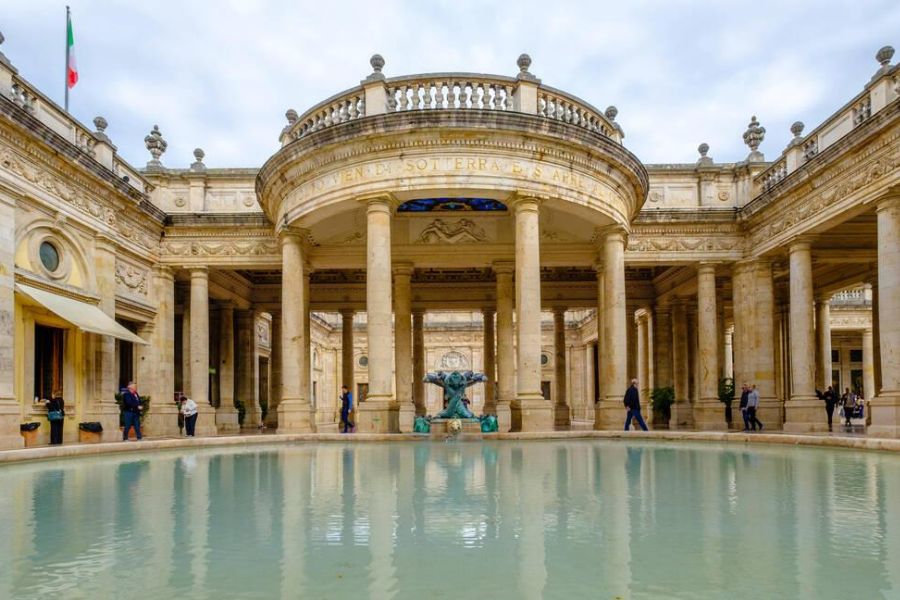
Montecatini’s convenient location just half an hour from Florence makes it an easy addition to any Tuscan itinerary. My time immersed in this wellness paradise reminded me why Europeans have flocked to thermal spas for centuries. The combination of therapeutic waters, beautiful surroundings, and the peaceful atmosphere creates a unique wellness experience that revitalizes both body and spirit.
The History of Montecatini’s Healing Waters
The thermal waters of Montecatini have a rich heritage spanning thousands of years, evolving from rustic baths to world-renowned healing centers that drew visitors from across Europe.
From Ancient Origins to Belle Époque Glory
People have valued Montecatini’s healing waters since Roman times. Archaeologists have found Roman votive statuettes near the springs, proving their ancient use. During the Middle Ages, these baths became famous throughout Italy for their therapeutic properties.
The true transformation came in 1773 when systematic development of the springs began. I was fascinated to learn that the town we see today, with its elegant architecture, emerged during the late 19th and early 20th centuries—the Belle Époque period.
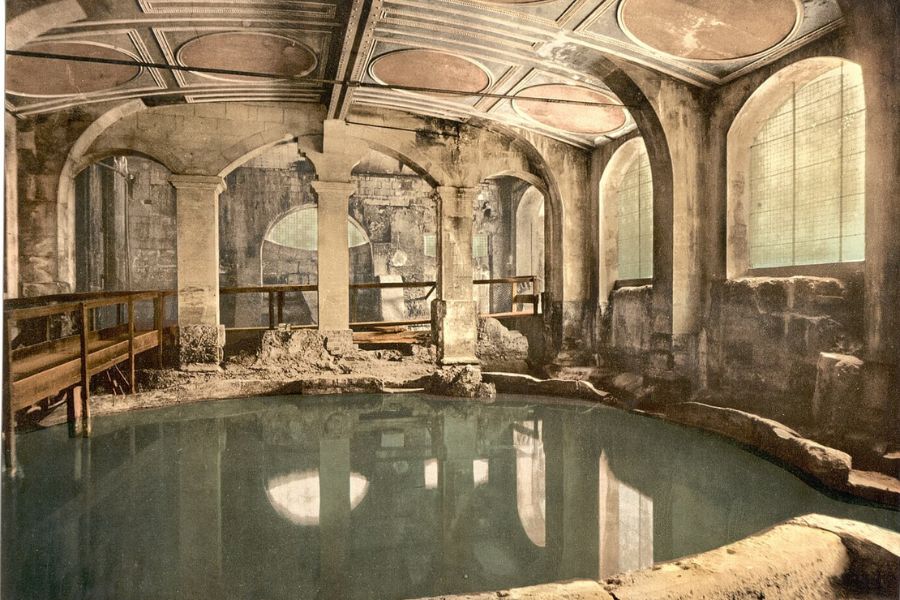
This era brought magnificent Art Nouveau buildings and grand hotels that still line the streets. The ten separate thermal springs were each developed with dedicated facilities, creating the sophisticated spa complex we can visit today.
In 2021, Montecatini Terme was recognized as part of the “Great Spa Towns of Europe” UNESCO World Heritage site—a testament to its historical and cultural significance.
Montecatini Alto: The Medieval Beginnings
The story of Montecatini’s waters actually begins in Montecatini Alto, the medieval hilltop town overlooking the modern spa center. Walking through its narrow streets, I felt transported back centuries to when the therapeutic properties of the waters were first documented.
In the Middle Ages, these healing springs gained renown across the Italian peninsula. Local lords controlled access to the waters, understanding their value both medicinally and economically.
The contrast between the medieval Montecatini Alto and the newer spa town below is striking. While the upper town preserves its medieval character with stone buildings and fortress walls, the lower town developed specifically around the thermal waters.

This dual identity—medieval roots and Belle Époque splendor—makes exploring Montecatini’s history particularly rewarding. The waters that attracted Romans and medieval Italians continue to draw visitors today, connecting us to thousands of years of wellness traditions.
Exploring Montecatini’s Thermal Baths
Montecatini offers a unique collection of thermal facilities where visitors can experience the healing waters that have drawn people for centuries. Each spa complex has its own character and therapeutic qualities that make them worth exploring.
Terme Tettuccio: A Monument to Relaxation
When I first walked into Terme Tettuccio, I was stunned by its magnificent Art Nouveau architecture. Dating back almost 1,000 years, this spa received a stylish update in the 1920s that transformed it into one of Italy’s most beautiful thermal facilities.
The grand hall features elegant columns and intricate frescoes that transport you to a more elegant era. I spent a morning here sipping the mineral-rich waters from ornate fountains, each said to help with different digestive issues.
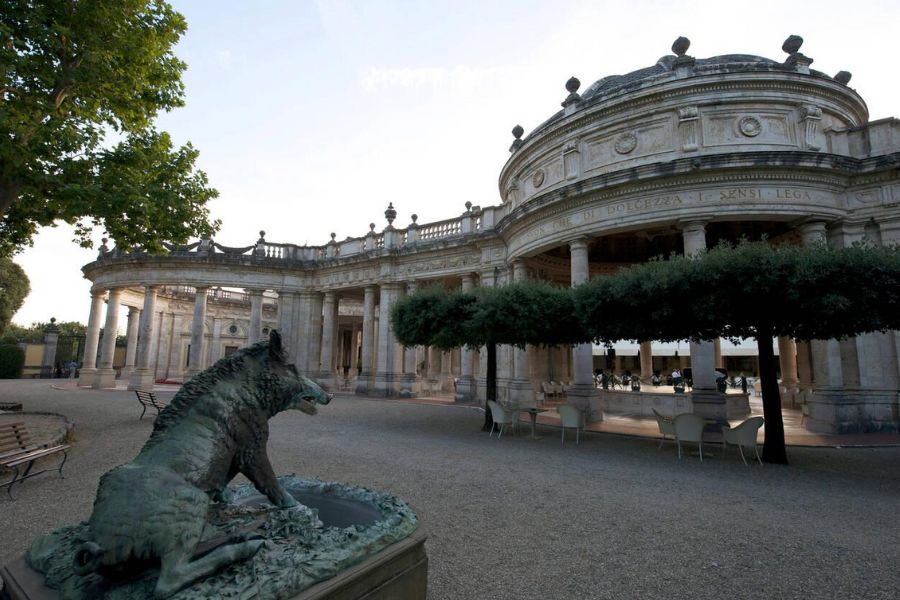
What makes Tettuccio special isn’t just the healing properties of its waters but the cultural experience. During summer months, the facility hosts concerts in its beautiful garden. Many visitors come just to admire the architecture and soak in the atmosphere.
The Regina and Other Historic Spa Facilities
Beyond the famous Tettuccio, I discovered Montecatini offers several other exceptional thermal complexes. Terme Excelsior delivers another dose of architectural splendor alongside its therapeutic waters, while Terme Redi provides more modern thermal treatments.
The Leopoldina spring feeds an impressive indoor thermal pool maintained at a perfect 33°C. During my visit, I alternated between swimming in the 100-meter lanes and enjoying the powerful hydrojets for a natural massage experience.
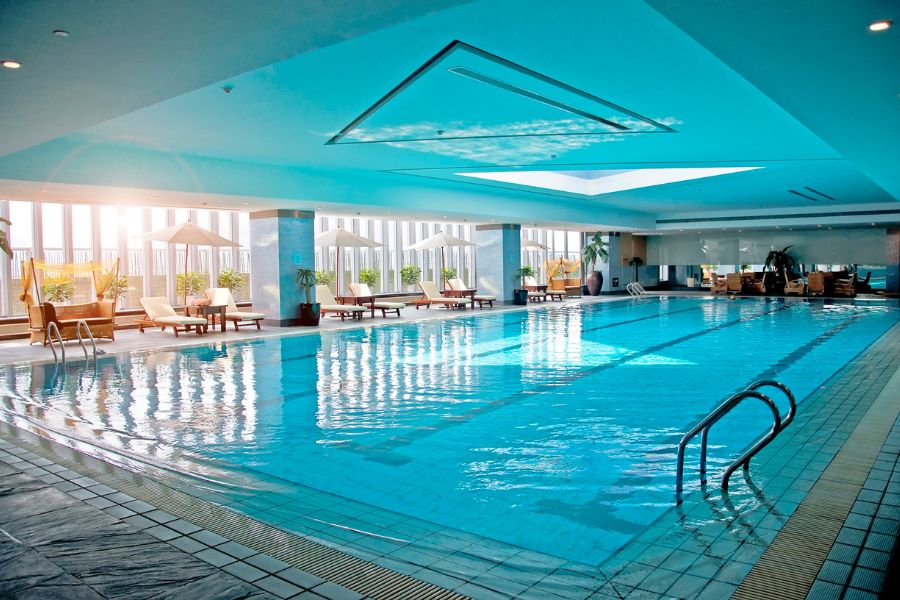
For those seeking a full-day experience, combine visits to different facilities:
- Morning: Drink healing waters at Tettuccio
- Afternoon: Swim in thermal pools at Terme Redi
- Evening: Stroll through the beautiful spa town
What surprised me most was how affordable these experiences can be compared to modern luxury spas, despite their historic significance and beautiful settings.
Montecatini’s Spa Culture and Treatments
Montecatini’s thermal waters have drawn health-seekers for centuries, offering a unique blend of traditional healing and modern wellness treatments. The town’s spa culture revolves around its mineral-rich waters, which are believed to support everything from digestive health to overall well-being.
Modern Spa Treatments and Traditional Therapies
Walking into any of Montecatini’s thermal complexes feels like stepping into another era. I was amazed at how these historic spas blend centuries-old traditions with contemporary wellness approaches.
At Terme Tettuccio, the most famous spa, you can participate in the ritual of “taking the waters” just as visitors have done since the 16th century. I received a special glass upon entry and joined others slowly sipping the healing mineral waters.
For those seeking more comprehensive treatments, mud therapy is incredibly popular here. The mineral-rich mud is applied warm to the body, helping with joint pain and inflammation.
Massage treatments, inhalation therapies, and specialized baths round out the offerings. Many locals told me these therapies work wonders for the nervous system and overall stress reduction.
The Benefits of Mineral and Thermal Waters
Montecatini’s waters contain a unique mix of minerals that can’t be found elsewhere. Each of the three main complexes—Terme Tettuccio, Terme Excelsior, and Terme Redi—offers waters with slightly different properties.
The waters are particularly renowned for supporting digestive health. I noticed many visitors come specifically to address stomach issues or liver function through controlled water consumption.
Beyond drinking, immersion in the thermal pools provides relief for muscle tension and joint pain. The warm mineral waters work to improve circulation while the body absorbs beneficial minerals through the skin.
Doctors often recommend specific treatment plans based on individual health needs. Many visitors follow multi-day regimens, drinking from different springs at set times and combining water therapy with other treatments.
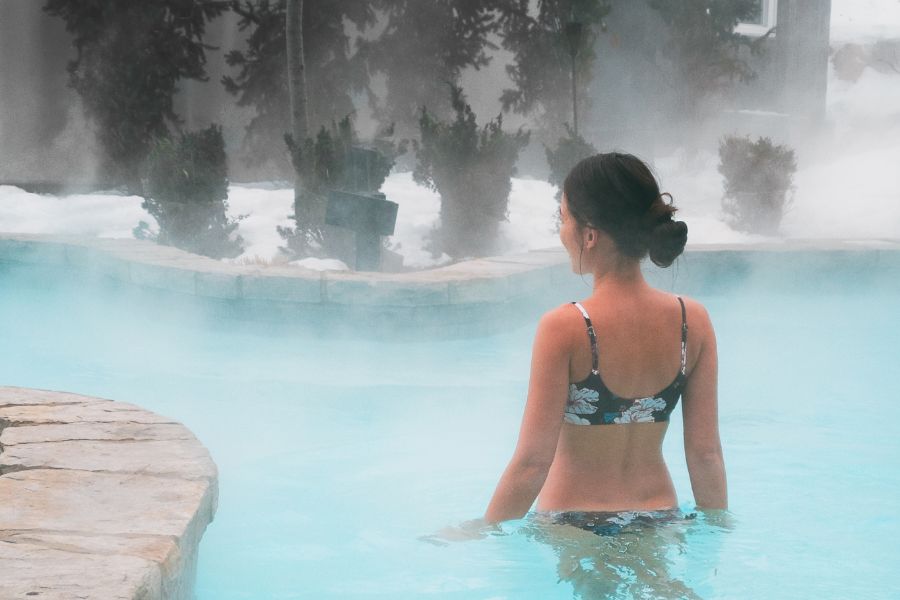
The relaxation benefits cannot be overstated. I found the entire experience—from the beautiful surroundings to the healing waters—incredibly rejuvenating for both body and mind.
Architectural Wonders and Leisure Spaces
Montecatini’s thermal heritage is magnificently showcased through its stunning architecture and leisure spaces. The town balances therapeutic wellness with aesthetic beauty in its boulevards, historic buildings, and verdant parks.
Viale Verdi: The Heart of Montecatini
Walking down Viale Verdi feels like stepping into a living museum of architectural splendor. This elegant tree-lined boulevard serves as Montecatini’s main artery, connecting the major thermal establishments and parks.
I was immediately struck by the perfectly manicured gardens flanking both sides of the avenue. Art Nouveau buildings dot the landscape, their ornate facades telling stories of the Belle Époque when European aristocracy flocked here for wellness retreats.

The street buzzes with activity—locals and visitors alike enjoy the cafés with outdoor seating. What I love most about Viale Verdi is how it transforms in the evening, with soft lighting illuminating the historical buildings and creating a magical atmosphere for an after-dinner stroll.
Palazzina Regia and Town Hall: Symbols of Elegance
The Palazzina Regia stands as a testament to Montecatini’s royal connections. This elegant structure once hosted the Italian royal family during their therapeutic visits to the town’s thermal baths.

Its refined architecture features delicate balustrades and symmetrical windows that reflect the neoclassical style popular during its construction. When I visited, I was captivated by the building’s proportions and the way sunlight played across its cream-colored facade.
Nearby, the Town Hall (Palazzo Comunale) impresses with its own architectural merit. The building houses historical documents related to Montecatini’s development as a spa town. I recommend stopping to appreciate the intricate details of both buildings—they’re perfect examples of the town’s commitment to blending functionality with beauty.
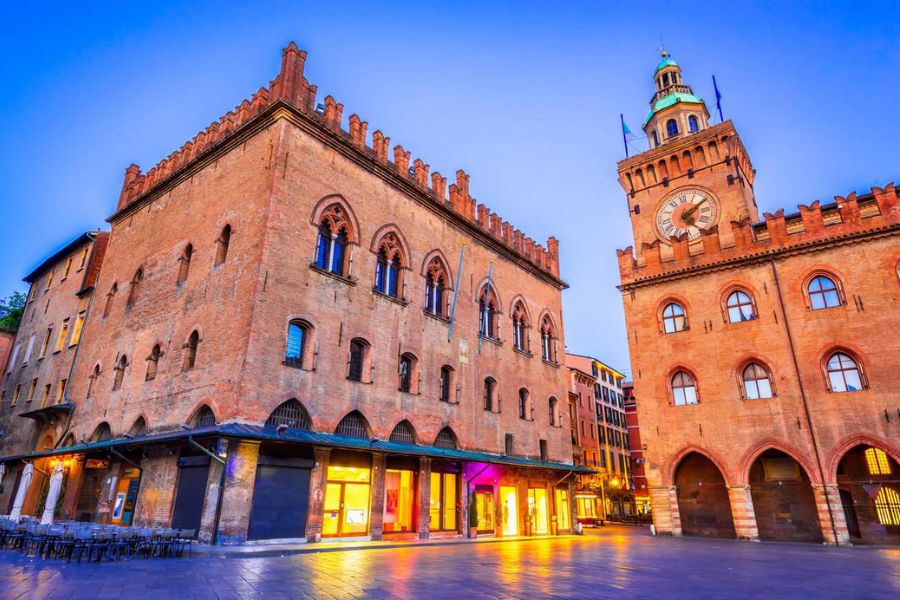
Fountains, Parks, and the Funicolare
Montecatini’s landscape is punctuated by decorative fountains that serve both aesthetic and practical purposes. Many feature drinking spouts where visitors can sample the mineral waters directly.
The town’s parks offer peaceful retreats with centuries-old trees providing welcome shade. I spent a delightful afternoon in the Thermal Park, where winding paths led me through lush gardens and past colorful flower beds.
For a unique perspective, I rode the historic Funicolare (funicular railway) that connects Montecatini Terme with Montecatini Alto. Dating back to 1898, this charming red cable car climbs the hillside, offering breathtaking views of the spa town below and the surrounding Tuscan countryside.
The 10-minute journey uphill rewards visitors with panoramic vistas that put the town’s architectural layout into perfect perspective.
Lifestyle and Leisure in Montecatini
Montecatini offers much more than just its famous thermal waters. The town blends wellness with pleasure, creating a perfect balance of relaxation and enjoyment that makes every visit memorable.
Tuscan Cuisine and Local Delicacies
I’ve found that dining in Montecatini is a journey through authentic Tuscan flavors. Local restaurants near Piazza del Popolo serve traditional dishes that showcase the region’s culinary heritage. The cuisine here emphasizes fresh, seasonal ingredients.
Try these local specialties:
- Pappardelle al cinghiale (wide pasta with wild boar sauce)
- Ribollita (hearty vegetable and bread soup)
- Cantucci con Vin Santo (almond biscuits dipped in sweet wine)

Many restaurants offer terraces with views of the spa town, perfect for enjoying a leisurely lunch. I recommend pairing your meal with local Tuscan wines like Chianti or Montecarlo, which complement the robust flavors of the regional dishes.
Shopping and Relaxation: A Blend of Old and New
The shopping scene in Montecatini surprised me with its variety. Viale Verdi, the main boulevard, features boutiques selling everything from Italian fashion to handcrafted souvenirs.
For a unique shopping experience, I love browsing the small artisan workshops where local craftspeople create ceramics and leather goods. These make perfect mementos of your visit.
Between shopping trips, you can relax at one of the luxury hotels offering spa treatments that utilize the town’s thermal waters. I particularly enjoyed sitting at street cafés watching locals and visitors stroll by, gelato in hand.
The weekly market on Thursdays is worth visiting for local products, cheeses, and textiles.
Entertainment: From the Outdoor Pool to Panoramic Views
Days in Montecatini can be as active or relaxed as you choose. I spent mornings swimming in outdoor pools fed by mineral waters. After that, I took afternoon walks in the lush parks surrounding the thermal complexes.
For breathtaking panoramic views, take the historic funicular up to Montecatini Alto. The medieval village is perched above the spa town. The journey itself is charming, and the vistas are unforgettable.
Evening entertainment options include:
- Open-air concerts in summer months
- The historic Verdi Theater for performances
- Casino in the Excelsior building

Day trips from Montecatini are easy and rewarding. I visited Florence and Lucca, both less than an hour away by train. The central location makes Montecatini perfect for exploring Tuscany. It also provides a peaceful base to return to each evening.

